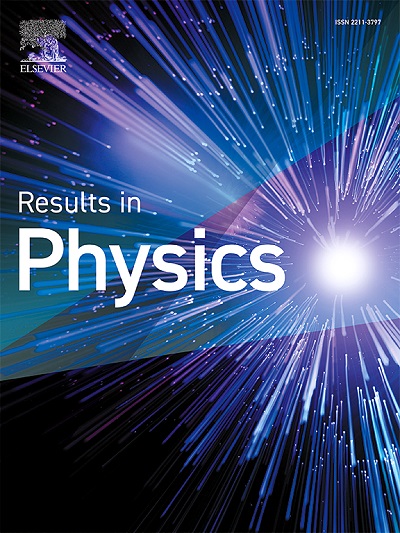Electrostatic action promotes bonding efficacy of DNA-modified nanoparticle self-assembly in solution
IF 4.4
2区 物理与天体物理
Q2 MATERIALS SCIENCE, MULTIDISCIPLINARY
引用次数: 0
Abstract
Our study aims to develop a foundational framework for simulating DNA-modified nanoparticle (DNA-NP) self-assembly in salt solutions, focusing on electrostatic and bonding interactions. We employ a sophisticated coarse-grained model to explore bonding efficacy and thermodynamic analysis across various density systems by molecular dynamics method. Notably, in low-density systems, bonding percentage ph is minimal at T = 1.2. By increasing cation concentration c+, controlling temperature, optimizing grafting number n and linker length, ph can be significantly improved. For instance, at c+ = 0.5, the maximum ph reaches 0.4 for n = 60, surpassing that for n = 100. Although higher DNA loadings can significantly influence nanotherapeutics and biological detection, an optimal grafting number (n = 60) is crucial for peak bonding efficacy at temperatures T = 1.08 ∼ 1.23. The peak value ph, max is observed near t = 3 × 106. The required bonding strength varies depending on the application field. For crystalline lattice formation, optimal linker length nl is equal to 3. For probes or medical diagnostics, longer linker chains is recommended to enhance bonding strength and probe sensitivity. In higher density systems, there exist different optimization conditions. These insights are valuable for rational design of DNA-NP for targeted drug delivery and diagnostics among other biomedical applications.
求助全文
约1分钟内获得全文
求助全文
来源期刊

Results in Physics
MATERIALS SCIENCE, MULTIDISCIPLINARYPHYSIC-PHYSICS, MULTIDISCIPLINARY
CiteScore
8.70
自引率
9.40%
发文量
754
审稿时长
50 days
期刊介绍:
Results in Physics is an open access journal offering authors the opportunity to publish in all fundamental and interdisciplinary areas of physics, materials science, and applied physics. Papers of a theoretical, computational, and experimental nature are all welcome. Results in Physics accepts papers that are scientifically sound, technically correct and provide valuable new knowledge to the physics community. Topics such as three-dimensional flow and magnetohydrodynamics are not within the scope of Results in Physics.
Results in Physics welcomes three types of papers:
1. Full research papers
2. Microarticles: very short papers, no longer than two pages. They may consist of a single, but well-described piece of information, such as:
- Data and/or a plot plus a description
- Description of a new method or instrumentation
- Negative results
- Concept or design study
3. Letters to the Editor: Letters discussing a recent article published in Results in Physics are welcome. These are objective, constructive, or educational critiques of papers published in Results in Physics. Accepted letters will be sent to the author of the original paper for a response. Each letter and response is published together. Letters should be received within 8 weeks of the article''s publication. They should not exceed 750 words of text and 10 references.
 求助内容:
求助内容: 应助结果提醒方式:
应助结果提醒方式:


